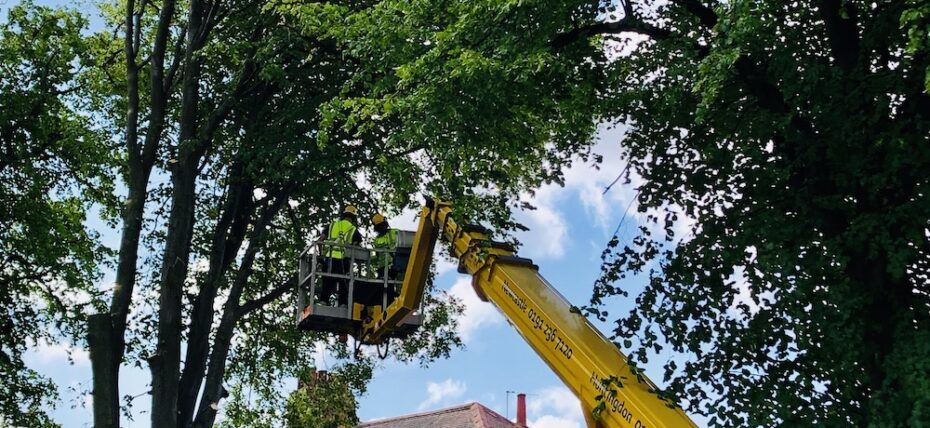
How to work at height safely in 2023
5 top tips to start the year on a high
A new year, a new opportunity to review how you work at height and make sure your procedures are keeping you and all your employees as safe as possible. To get you started, here are our five quick tips for working at height.
1. Know the regulations
All UK work-at-height operations must adhere to the Work at height regulations 2005.
You can read them in full here or download a brief guide from the HSE website.
2. Understand what it means to be competent
The regulations state that you must be competent to work at height. That means anyone who plans, supervises or works at height must have the proper training for the job they are doing. If you’re unsure what courses are relevant to you and your workers, we would be happy to talk you through them. We are an IPAF- and PASMA-approved training centre and offer a range of work at height courses.
See our courses here or read more about competence in our recent blog post, ‘Are my staff competent to work at height?‘.
3. Carry out a risk assessment for every job
Every job is unique and requires different equipment and safety measures. Therefore, it’s essential to carry out a full risk assessment before every job. We cover risk assessments in more detail in our previous blog, How to complete a working at height risk assessment, but in essence, it involves:
- Identifying all potential hazards
- Determining who may be at risk and how
- Identifying precautions you can put in place to minimise the risk
- Recording all your findings in a risk assessment template and putting safeguards in place
- Reviewing and updating your risk assessment regularly and as necessary
4. Choose the right equipment
Choosing the wrong equipment when working at height increases the risk of accidents and injuries and may cost you time and money – using the right platform is the most efficient way to work. A few points to consider are:
- Is the ground flat or sloped, hard or soft, and are there obstructions such as trees or shrubs to work around?
- Are the site conditions uniform, or do they change?
- What are the access routes?
- How much space is there to manoeuvre equipment?
If you’re unsure, a detailed site survey will assist in decision-making – and we can help with that – but also consider that one option may not be suitable for all areas. You may need multiple platforms to work safely across varying site conditions.
5. Follow the manual
Access platforms, safety equipment and PPE, are only useful if they are in good condition and used correctly. Therefore, inspect, keep, and use all plant and safety gear as instructed and per the manufacturer’s guidelines and regulations. If you find an issue with equipment, take it out of service until it is safe to use.
Need advice?
If you need advice on how to work safely at height or which equipment to use, contact us; we have experience, offer access platform hire, safety equipment and training, and can conduct site surveys to ensure all your work from height is as safe as possible.
Newcastle: 0191 236 7120
Huntingdon: 01480 891 581
